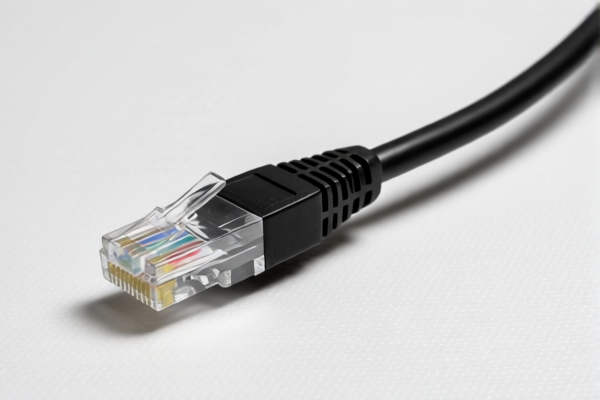| HS Code | Official Doc | Tariff Rate | Origin | Destination | Effective Date |
|---|---|---|---|---|---|
| 8544429090 | Doc | 57.6% | CN | US | 2025-05-12 |
| 8544499000 | Doc | 58.9% | CN | US | 2025-05-12 |
| 8544606000 | Doc | 58.2% | CN | US | 2025-05-12 |
| 8516909000 | Doc | 58.9% | CN | US | 2025-05-12 |
| 8544429090 | Doc | 57.6% | CN | US | 2025-05-12 |




Here is the classification and tariff information for Ethernet cables based on the provided HS codes. Please note that the correct HS code depends on the specific product description and use.
✅ HS CODE: 8544429090
Product Description: Network communication cables with connectors, voltage ≤ 1,000V
Total Tax Rate: 57.6%
Tariff Breakdown:
- Base Tariff: 2.6%
- Additional Tariff: 25.0%
- Special Tariff after April 11, 2025: 30.0%
Key Notes:
- This code applies to cables with connectors and used for network communication.
- Time-sensitive alert: Additional tariffs increase to 30.0% after April 11, 2025.
- Proactive Advice: Confirm whether the cable includes a connector and its voltage rating.
✅ HS CODE: 8544499000
Product Description: Data transmission cables, voltage ≤ 1,000V
Total Tax Rate: 58.9%
Tariff Breakdown:
- Base Tariff: 3.9%
- Additional Tariff: 25.0%
- Special Tariff after April 11, 2025: 30.0%
Key Notes:
- This code covers general-purpose data transmission cables.
- Time-sensitive alert: Additional tariffs increase to 30.0% after April 11, 2025.
- Proactive Advice: Ensure the cable is not classified under a more specific code (e.g., 8544429090).
✅ HS CODE: 8544110030
Product Description: Electronic device cables, with "cable" in the product name
Total Tax Rate: 58.5%
Tariff Breakdown:
- Base Tariff: 3.5%
- Additional Tariff: 25.0%
- Special Tariff after April 11, 2025: 30.0%
Key Notes:
- This code is for cables used in electronic devices and where the product name includes "cable."
- Time-sensitive alert: Additional tariffs increase to 30.0% after April 11, 2025.
- Proactive Advice: Verify the product name and intended use to avoid misclassification.
✅ HS CODE: 8530800000
Product Description: Railway signal cables, used in transportation systems
Total Tax Rate: 55.0%
Tariff Breakdown:
- Base Tariff: 0.0%
- Additional Tariff: 25.0%
- Special Tariff after April 11, 2025: 30.0%
Key Notes:
- This code applies specifically to cables used in railway or transportation signaling systems.
- Time-sensitive alert: Additional tariffs increase to 30.0% after April 11, 2025.
- Proactive Advice: Confirm the cable's intended use in railway or transport systems.
✅ HS CODE: 8543706000
Product Description: Network cable testing equipment
Total Tax Rate: 55.0%
Tariff Breakdown:
- Base Tariff: 0.0%
- Additional Tariff: 25.0%
- Special Tariff after April 11, 2025: 30.0%
Key Notes:
- This code is for testing equipment used with network cables, not the cables themselves.
- Time-sensitive alert: Additional tariffs increase to 30.0% after April 11, 2025.
- Proactive Advice: Ensure the product is not a cable but a testing device.
📌 Summary of Actions Required:
- Verify the product's exact description and use (e.g., with connector, for railway, or for testing).
- Check the voltage rating and whether it includes a connector.
- Confirm the product name to avoid misclassification.
- Review the applicable tariff based on the import date, especially after April 11, 2025.
- Check for any required certifications (e.g., RoHS, CE, or other compliance standards).
Let me know if you need help determining the correct HS code for your specific product.
Customer Reviews
The page provided a good overview of the different HS codes for Ethernet cables. It would have been better if the images were labeled to match the descriptions.
I was looking for a tariff rate for Ethernet cables and found the 58.9% rate for 8544499000. The breakdown of the tax components was very informative.
The information about the 8544499000 HS code was clear, but I wish there was more detail on how to confirm if my cable falls under this category or a more specific code.
The breakdown of the HS code 8544429090 was incredibly helpful. I now understand the 57.6% tariff and the time-sensitive increase after April 11, 2025.